Summary
- Surprisingly spacious compact crossover, packed with technology and affordable.
- Excellent fuel economy, but be aware of slow EV battery recharge.
- Lack of practical cabin storage and design flaws may be bothersome to some buyers.
If you’re looking for a new car with plenty of space, but don’t want an expensive, thirsty SUV, then the Kia Niro hybrid could be the perfect fit. This plug-in hybrid crossover will save you money at the fuel pump, and is more affordable than you might think. There’s also a fully-electric version, but while
EVs wait for their Model T moment
, a plug-in hybrid is a good way to get used to regularly charging.
Related
How we test and review products at Pocket-lint
We don’t do arm-chair research. We buy and test our own products, and we only publish buyer’s guides with products we’ve actually reviewed.
Price, availability, and specs
The new Kia Niro remains one of the most affordable hybrid crossovers on the market. There’s a choice of full hybrid or plug-in, plus a fully-electric version, all of which get an impressive book of features as standard, some of which are usually optional extras on more expensive models. Prices hover in the mid-£30,000 mark, making the Niro one of the cheapest plug-in hybrids for 2025. Still, it’s more than the 2025 Nissan Leaf, the cheapest EV you can buy right now.
Kia Niro key features
- Rear privacy glass
- Apple CarPlay and Android Auto
- 10.25-inch touchscreen display with navigation
- Reverse parking sensor
- Heated front seats
Since the Niro is designed for efficiency and practicality, it’s not overly exciting, but there are a lot of aspects to love about it. Having an electric motor to aid the engine gives the Niro a much-needed boost, especially when picking up speed. I don’t recall the engine screaming at me as I accelerated or demanded more power to overtake, which has been an issue I’ve noticed with other hybrids with smaller engines.
Kia Niro plug-in hybrid performance specs
Engine | 1.6-liter gas |
Battery | 11.1 kWh |
Horsepower | 180 hp |
Torque | 195 lb-ft |
Drivetrain | FWD |
0-62 mph | 9.8 seconds |
All-electric range | up to 38 miles |
Price | $34,490 |
Related
Kia’s new EV9 is a family-friendly SUV with no shortage of techy thrills
The Kia EV9 GT-Line S offers space, comfort and zesty all-electric performance topped with plenty of clever technology.
What I liked about the Kia Niro hybrid
Is this Dr. Who’s tardis?
Although the Kia Niro is classed as a compact crossover, its boxy design creates copious amounts of space throughout. In fact, there’s more rear legroom than a
Toyota RAV4
Prime at 38.8 inches. This continues to the cargo area, where there’s additional storage for charging cables, first aid kits, and any other essentials you should keep in the car.
The Niro gets 17 useful standard features, such as enhanced auto emergency braking technology, smart cruise control, and a wireless charging pad. As well as those, an intuitive built-in navigation monitors EV battery range, and suggests nearby charging stations when running low.
Kia Niro plug-in hybrid fuel economy
According to Kia, the Niro PHEV returns up to 313 MPG. That’s a wild figure, factoring in the electric power and range. In reality, I still achieved a respectable 55 MPG during testing, even with a drained battery.
Related
The Kia EV2 is the next EV I’m most excited about – here’s why
It could be a major step towards a truly affordable EV.
What I didn’t like about the Kia Niro hybrid
There are a few annoying design flaws
I wouldn’t bother navigating to a charge point, unless you have three hours to spare. The Kia Niro plug-in hybrid only has a small electric battery. While it returns a high MPG figure, it depletes quickly, then takes 2 hours and 45 minutes to recharge — most people won’t bother. To be honest, I’m not convinced the time and cost to recharge is worth the potential savings on fuel.
The latter doesn’t do much for performance, but it drastically reduces efficiency as the engine tries to recharge the battery.
This brings me to driving modes. There’s an EV button on the console to drive on electric power alone — ideal for short, low-speed journeys around town — but it’s only beneficial if the battery has a charge. Otherwise, your only options are eco, which I spent most of my time in, or sport mode. The latter doesn’t do much for performance, but it drastically reduces efficiency as the engine tries to recharge the battery.
My last issue is with the lack of storage inside. Despite a roomy cabin filled with potential, silly designs waste a lot of space. The wireless charging cradle is reserved for mobile phones, the not-so-ergonomic integrated cupholders take over half of the middle area, with push buttons leaving a weird shape when folded away. The armrest covers the remaining space, and a tiny cubby underneath is only good for some tissues or phone charging cables.
Related
Kia joins growing list of automakers with Tesla Supercharger access
Kia EVs can now finally charge at Tesla Superchargers, joining other automakers like Ford and Hyundai.
Should you buy the Kia Niro plug-in hybrid?
I don’t hate it, I just don’t get it
After spending a week with the Kia Niro plug-in hybrid, I was unmoved. I can see how its spacious interior would benefit families, and the EV-only mode helps drivers save on fuel. However, I’m struggling with the three-hour recharge period to get a few extra miles of range. Unless you have a way to charge at home, it’s unlikely you’ll actually keep it charged up. Sure, the engine constantly provides some juice to the battery, but not enough to keep it at full potential.
That said, the Niro is a good car. It drives well, it’s efficient, and is more affordable than similar cars. If you love the unique design, plethora of standard technology, and abundant space, I’d recommend the slightly less expensive Niro hybrid (not the plug-in), or going all-in on the Niro EV.
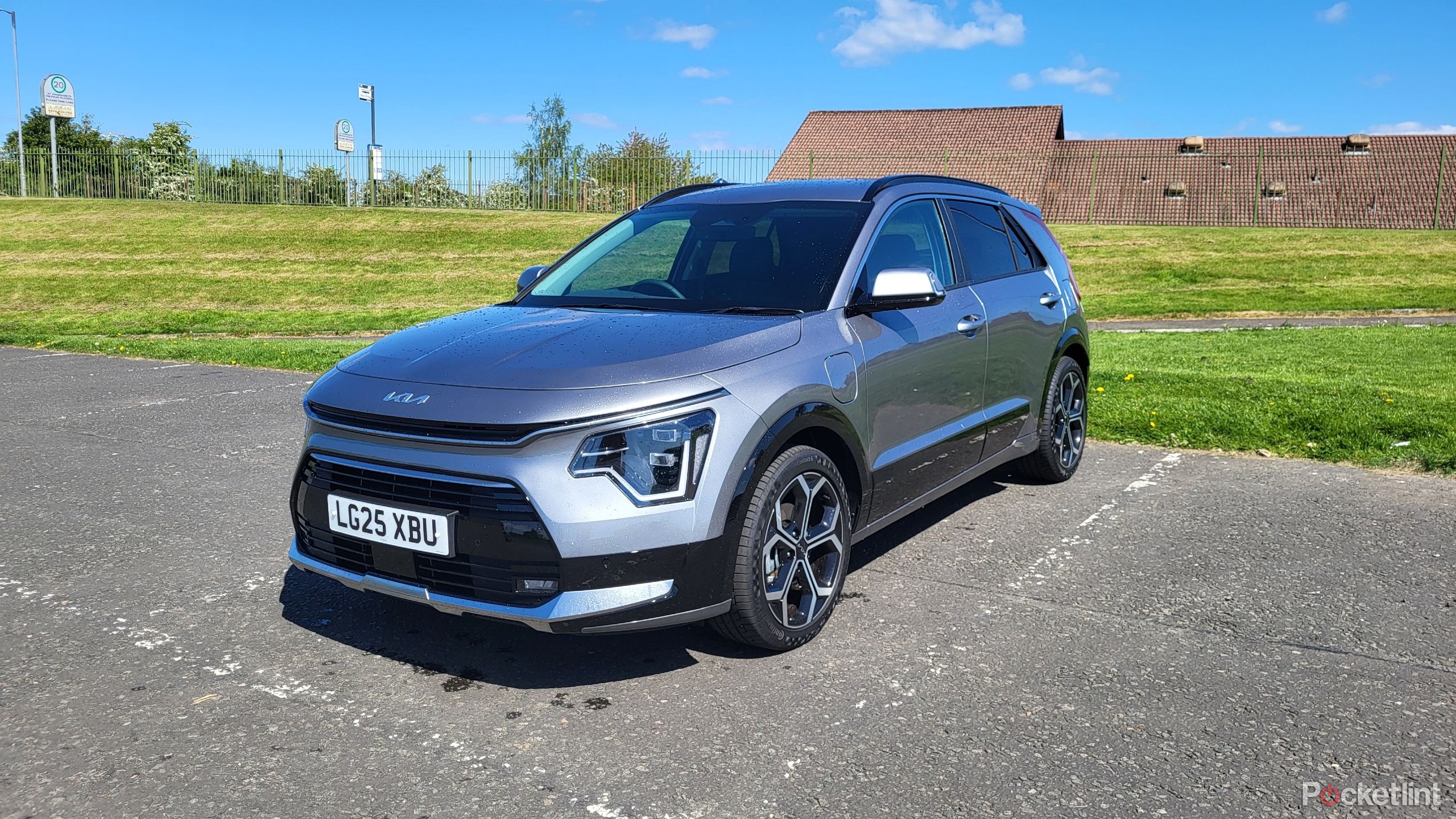
2025 Kia Niro Plug-in Hybrid



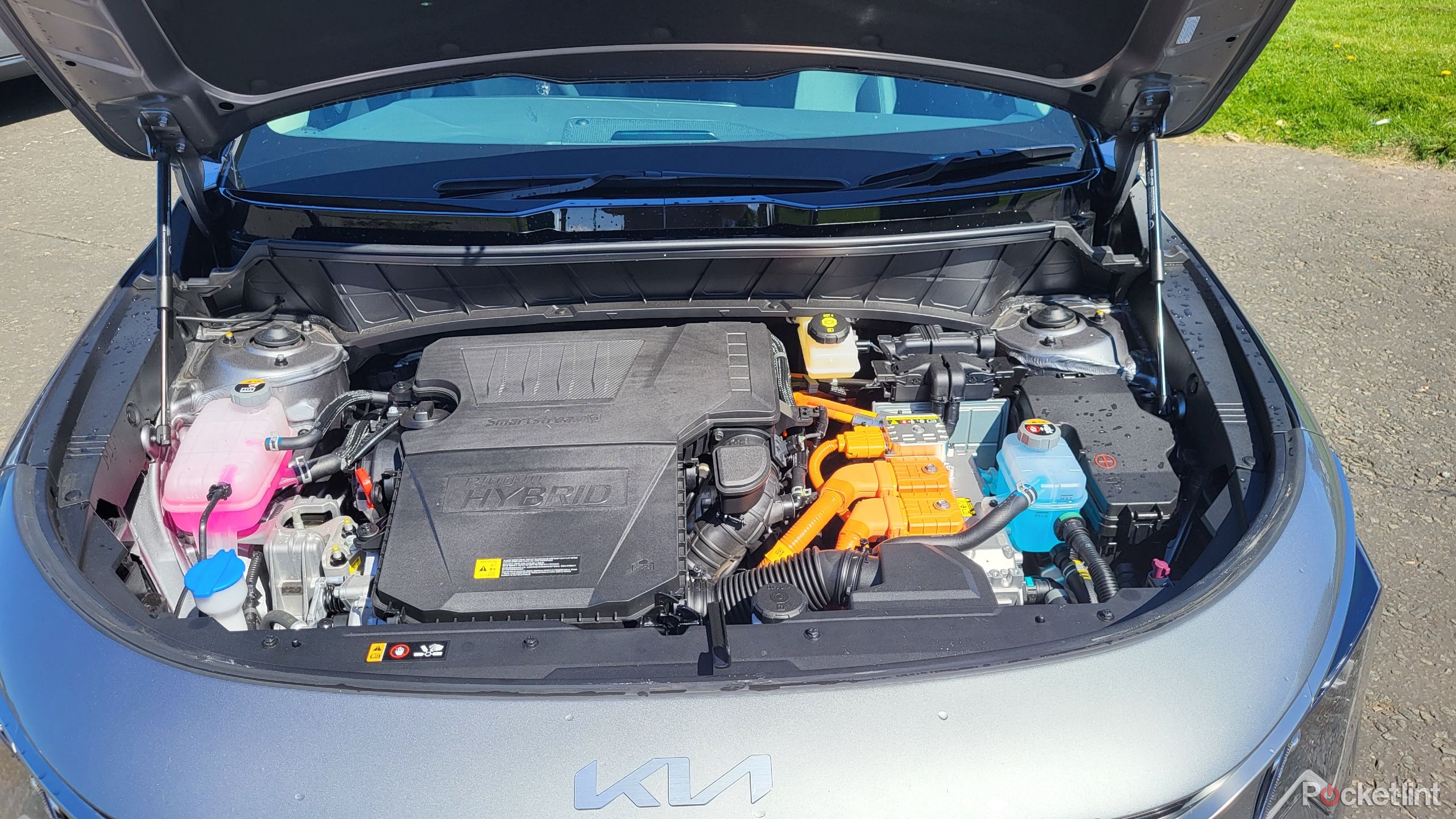
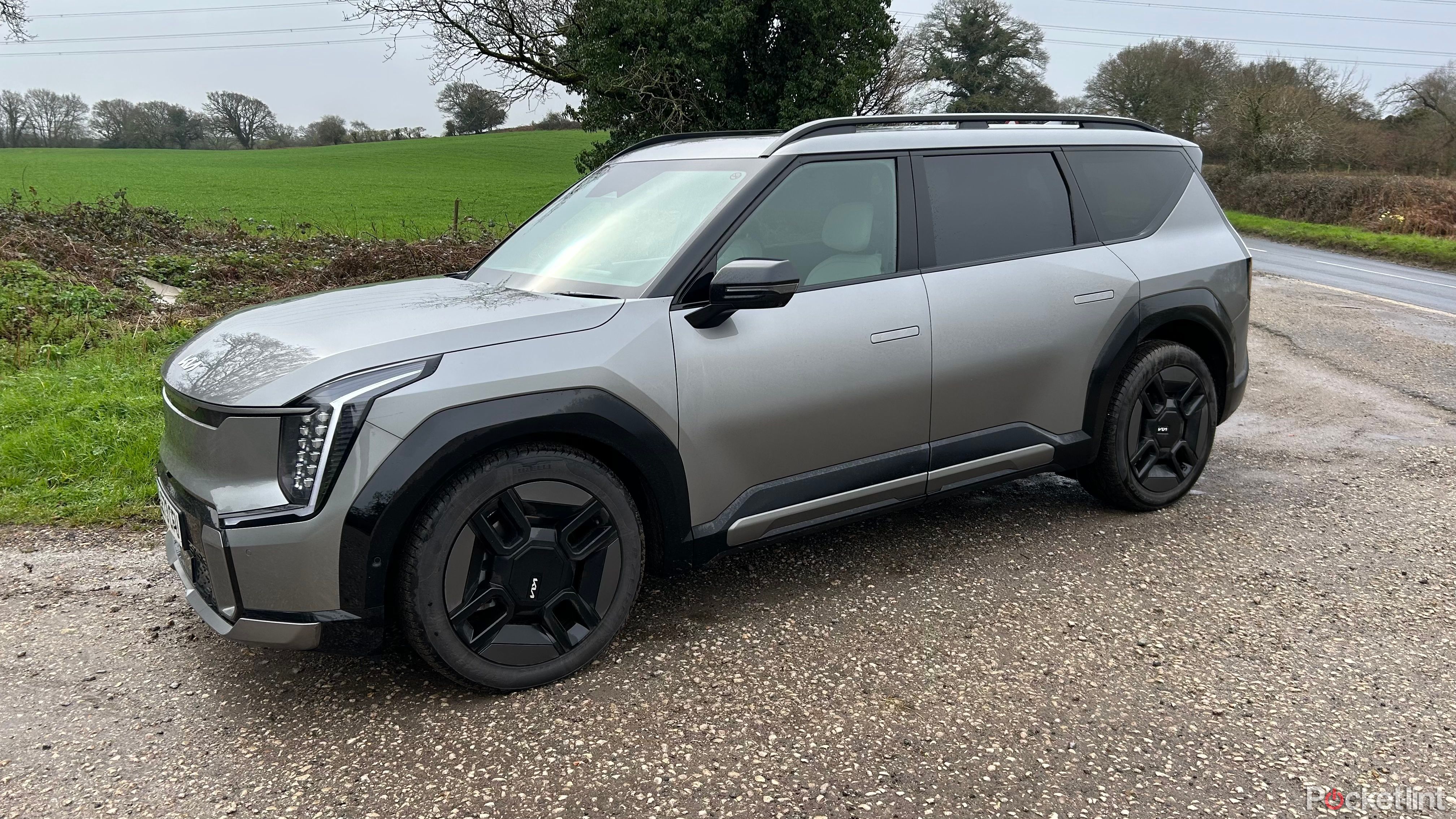
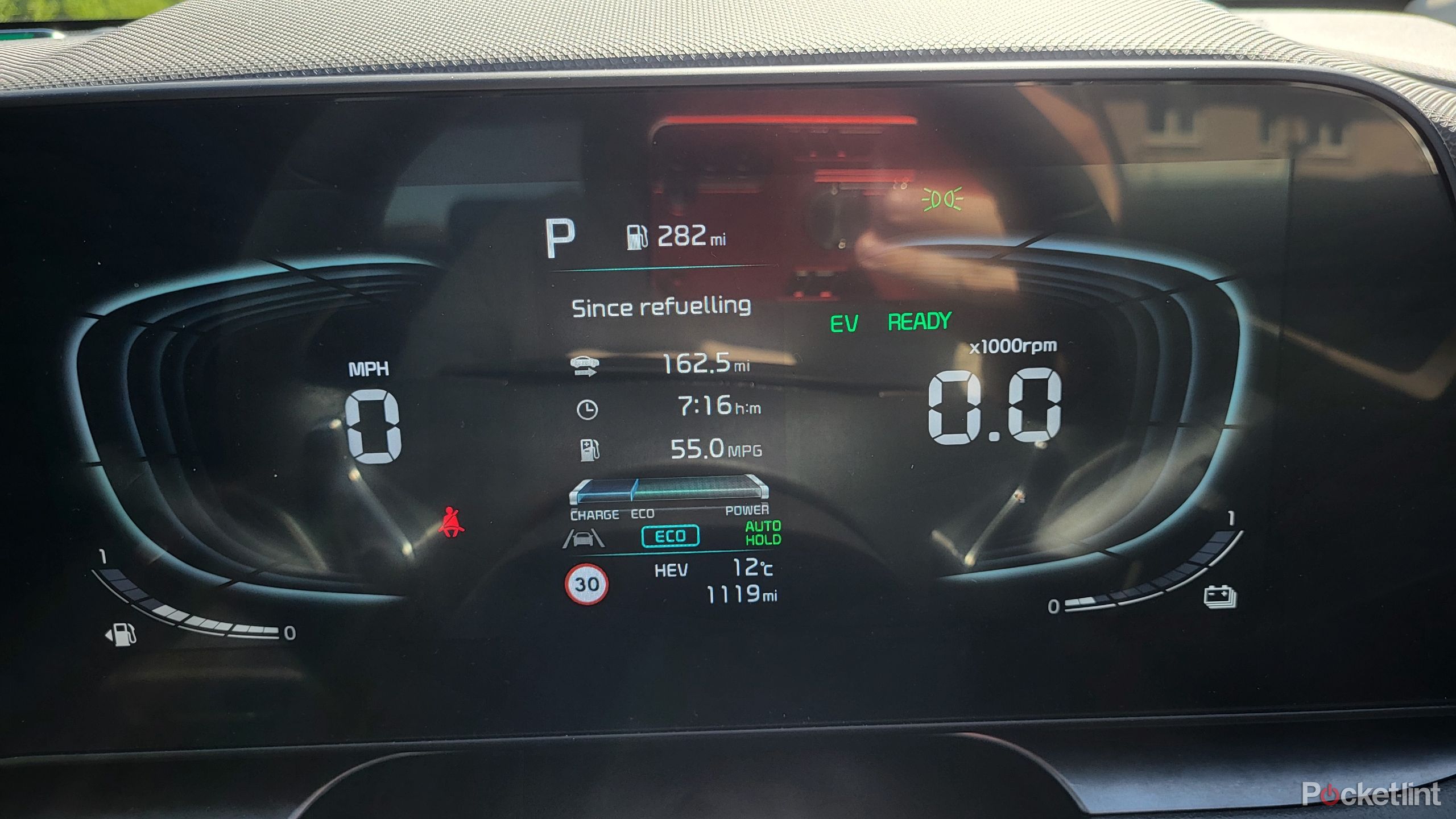
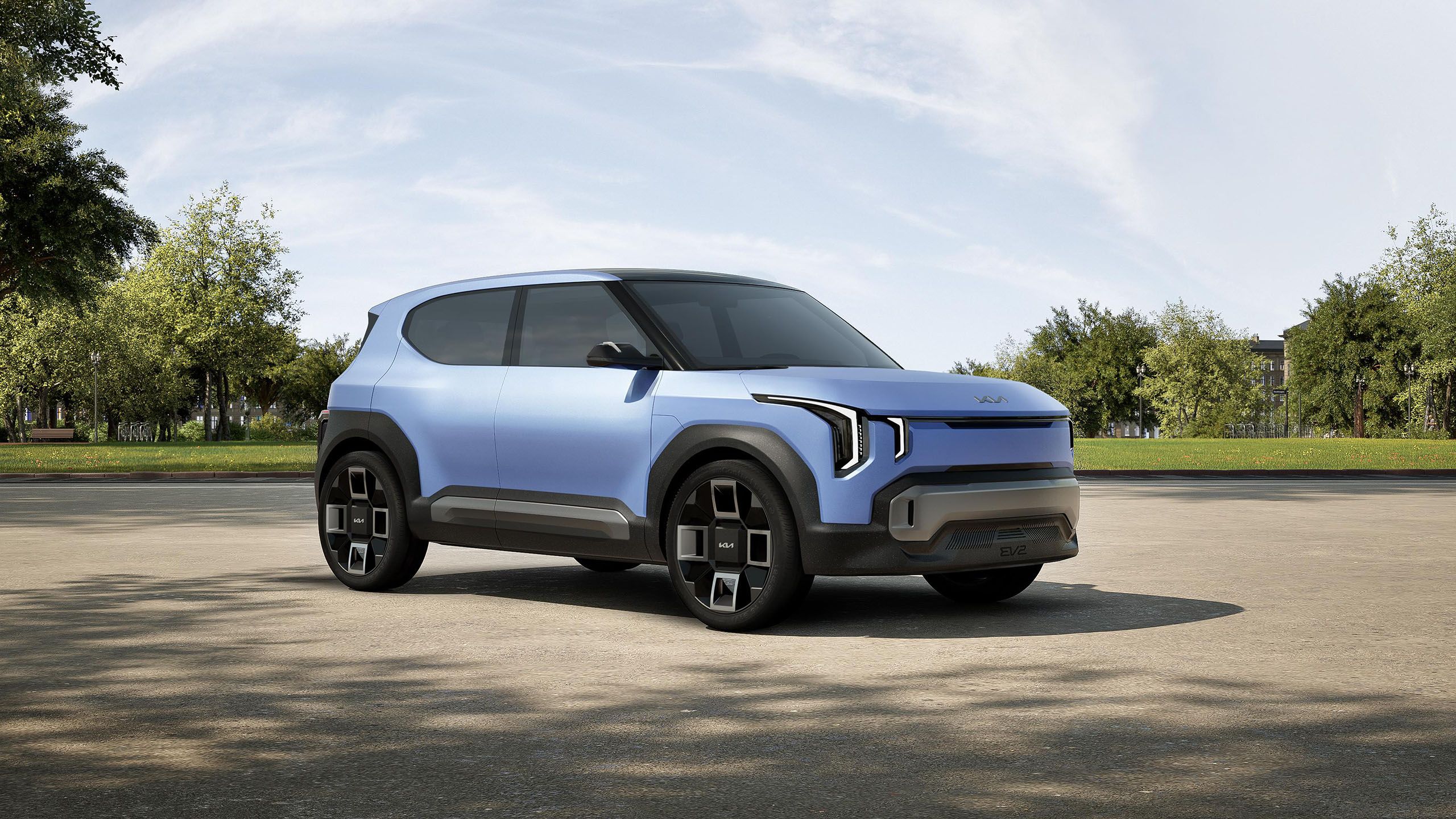
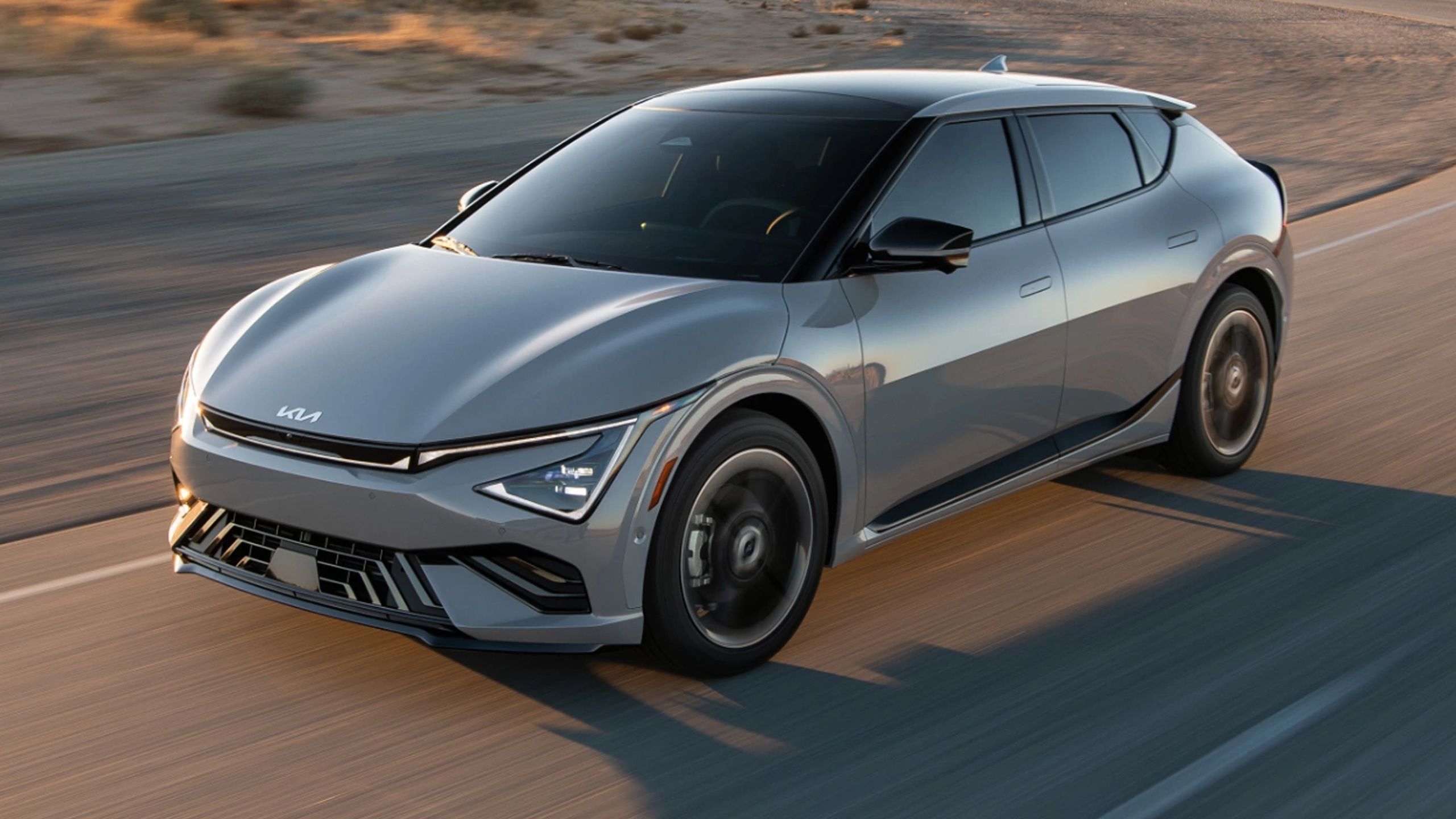
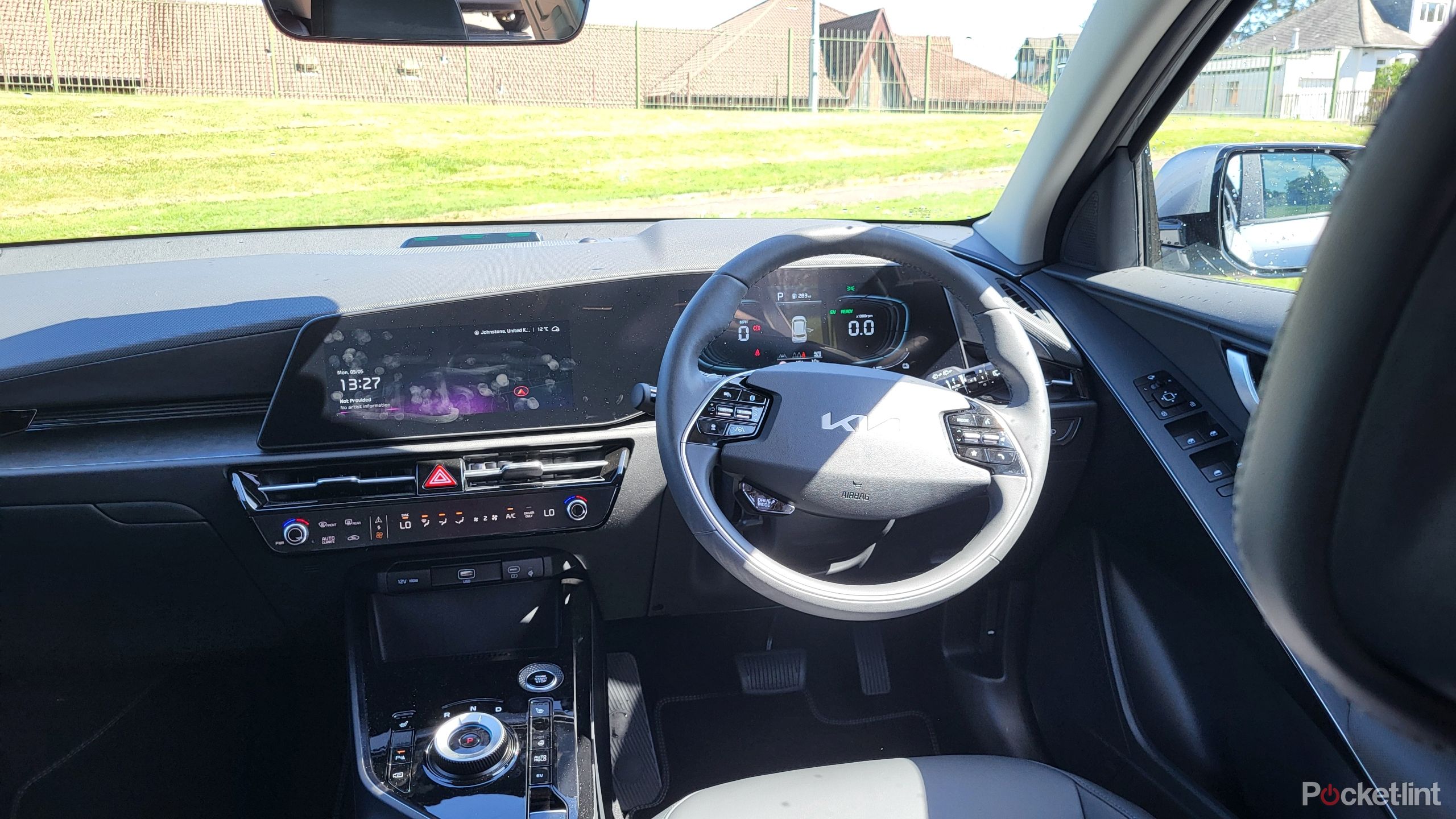

:max_bytes(150000):strip_icc():format(jpeg)/TAL-indiana-dunes-national-park-CHEAPNP2FLY0525-5334a35ad3164928a9b3170cede85d58.jpg?w=150&resize=150,150&ssl=1)




